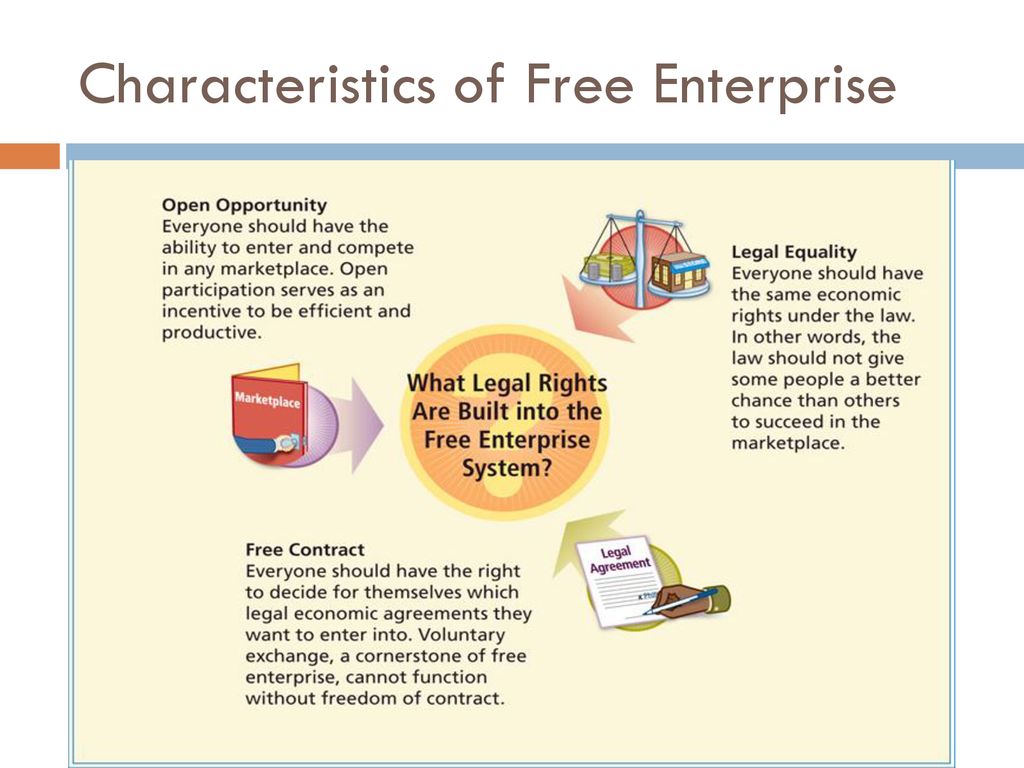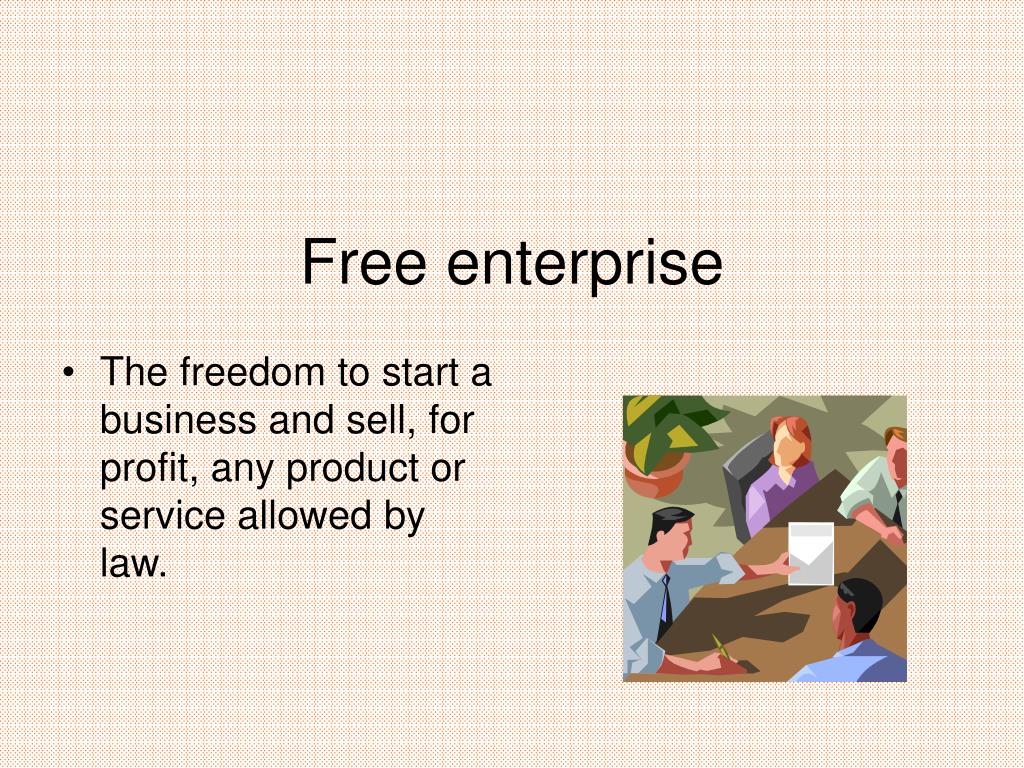How Has The Free Enterprise System Contributed To Technological Innovation

The relentless pursuit of profit within the free enterprise system has undeniably fueled technological innovation, transforming societies and economies at an unprecedented pace.
This article examines the multifaceted ways in which free markets incentivize groundbreaking advancements, fostering a competitive environment that drives businesses to invest in research, development, and the adoption of new technologies.
The Engine of Innovation: Profit Motive
At the heart of the free enterprise system lies the profit motive. Companies are driven to create better, cheaper, and more efficient products and services to capture market share and maximize earnings.
This constant competition compels businesses to seek innovative solutions, leading to significant investments in research and development (R&D).
According to the National Science Foundation, private industry accounts for approximately 70% of total R&D spending in the United States.
Competition: The Catalyst for Progress
The free enterprise system thrives on competition, pushing companies to constantly improve and innovate to stay ahead.
Joseph Schumpeter's concept of "creative destruction" perfectly illustrates this process, where new innovations disrupt existing industries, forcing businesses to adapt or face obsolescence.
Consider the rise of the smartphone industry, where companies like Apple and Samsung continuously introduce new features and technologies to outcompete each other.
Capital Allocation: Funding the Future
Free markets facilitate the efficient allocation of capital to promising ventures.
Venture capital firms and angel investors play a crucial role in funding startups and early-stage companies with innovative ideas.
In 2023, venture capital investment in the U.S. reached $170 billion, supporting a wide range of technological advancements, as reported by PitchBook.
Consumer Choice: Shaping Innovation
Consumer choice is a powerful force in the free enterprise system. Businesses must cater to consumer demands and preferences to succeed.
This consumer-centric approach drives innovation as companies strive to develop products and services that meet evolving needs.
The rapid adoption of electric vehicles, driven by consumer demand for more sustainable transportation options, has spurred significant innovation in battery technology and charging infrastructure.
Examples of Free Enterprise Innovation
The internet, a transformative technology, originated from government-funded research but was rapidly commercialized and expanded by private companies operating within a free enterprise system.
E-commerce platforms like Amazon and Shopify have revolutionized retail, providing consumers with unprecedented access to goods and services from around the world.
The development of mRNA vaccines by companies like Pfizer and Moderna, accelerated by the urgency of the COVID-19 pandemic, demonstrates the power of free enterprise to address critical global challenges.
The Role of Intellectual Property
Intellectual property rights, such as patents and copyrights, are essential components of the free enterprise system.
These rights provide innovators with exclusive control over their inventions and creations, incentivizing them to invest time and resources in R&D.
A strong intellectual property regime encourages innovation by protecting innovators from free riders and allowing them to reap the rewards of their efforts.
Challenges and Criticisms
The free enterprise system is not without its critics. Some argue that it can lead to income inequality and environmental degradation.
Others contend that it may prioritize short-term profits over long-term sustainability.
However, proponents argue that these issues can be addressed through appropriate regulations and government policies that promote social responsibility and environmental stewardship.
Ongoing Developments
The free enterprise system continues to drive technological innovation across various sectors, including artificial intelligence, biotechnology, and renewable energy.
The ongoing development of these technologies has the potential to transform industries and improve lives around the world.
Governments and businesses must work together to ensure that these innovations are developed and deployed in a responsible and equitable manner.
The Path Forward
The future of technological innovation is inextricably linked to the free enterprise system.
By fostering a competitive environment, incentivizing investment, and protecting intellectual property, free markets can continue to drive progress and improve the human condition.
The key is to strike a balance between fostering innovation and addressing the potential negative consequences of unchecked capitalism.
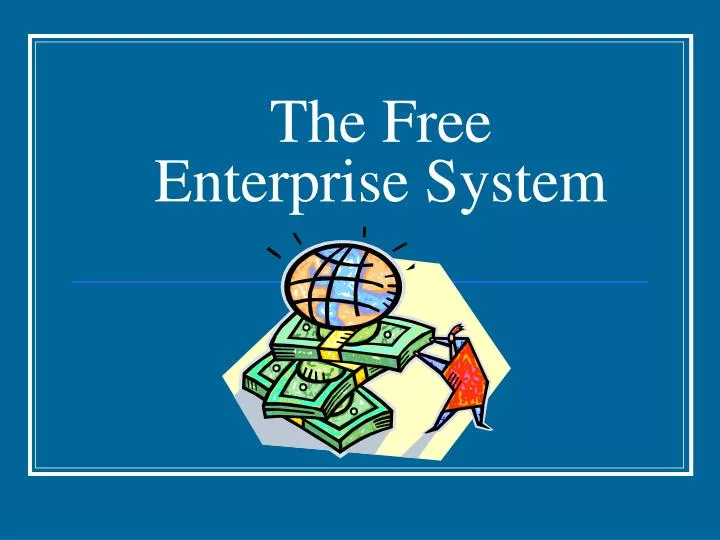









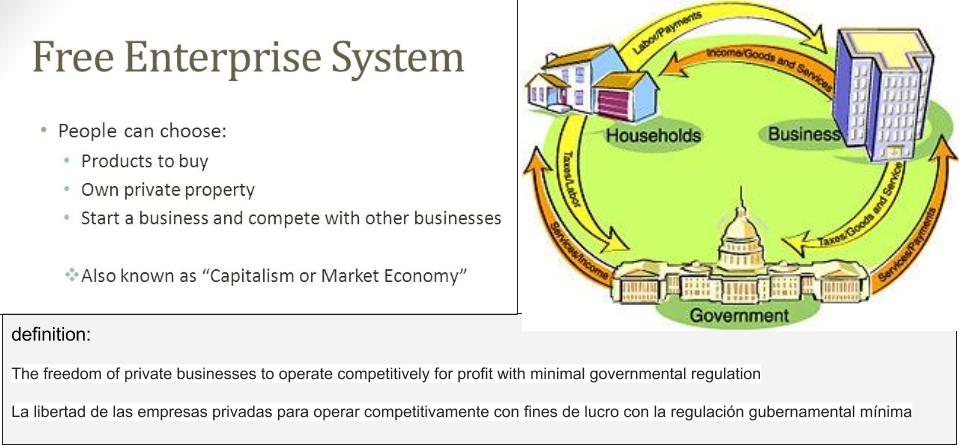
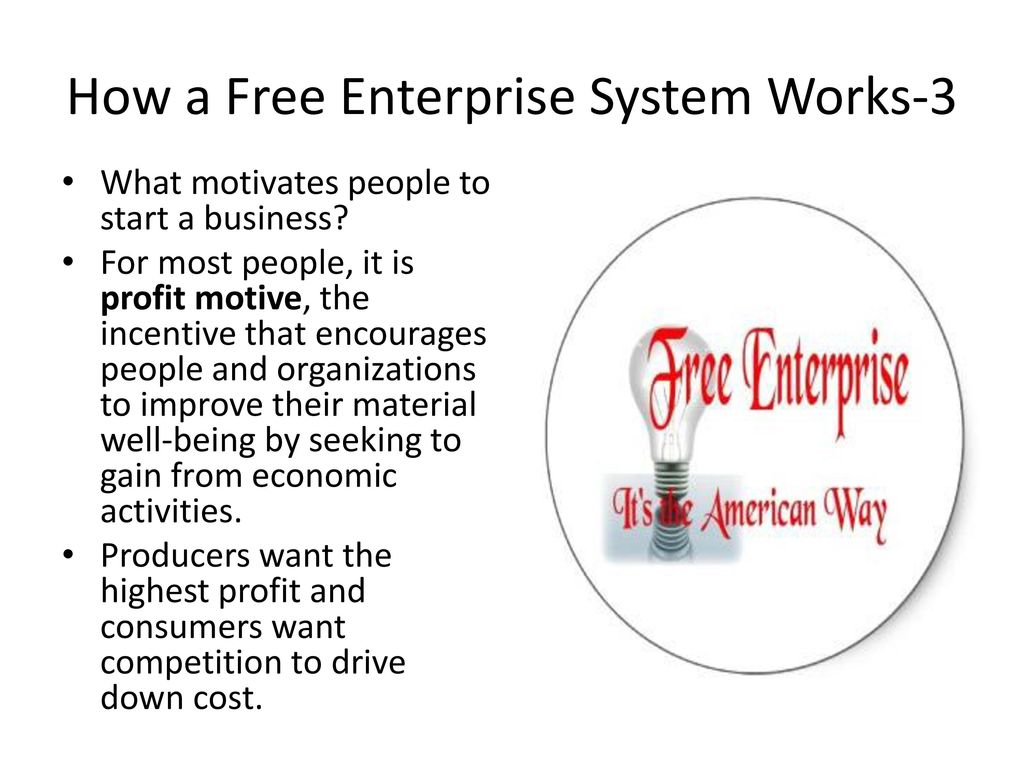
-1.png?width=1800&height=1050&name=COMPANY LOGO (37)-1.png)
